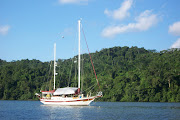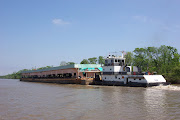In September of 1987, I sailed my 30-foot Hughes Columbia sailboat south to Little River, South Carolina. After a few days of waiting weather, I exited the Little River Inlet and pointed the bow towards Bermuda, some 1,000 miles away. To find that small speck in the middle of the Atlantic, I had the most up-to-date navigational instruments of the time. They consisted of a compass, VHF radio, a sextant with complete tables, paper charts and a radio direction finder. Seven and a half days later, I tuned the RDF to the radio signal for St. Georges Harbor and my feelings of accomplishment were beyond explanation.
Adjusting Our Ford Lehman Tachometers In Four Easy Steps
The tachometers for our Ford Lehman 120 have been a question mark since we bought the boat. We have had no way to know how accurate they are, and our cruising RPMs help to determine how much fuel we burn per hour. With the price of fuel today, this is an important piece of information and we would like to be as accurate as possible. Of course, calculating the number of hours run and the fuel added to the tank will give us an average, but we want to be more precise. Running the engine at our average cruising RPMs of about 1750 will mean a fuel burn of about 2.2 gallons per hour (GPH). Running at 1950, the fuel burn jumps up to 3.1 GPH and at 2000 RPMs, it is 3.4 GPH. Having the correct readings on the tachs can save us some considerable cash considering our cruises are usually thousands of miles.
Subscribe to:
Comments (Atom)








